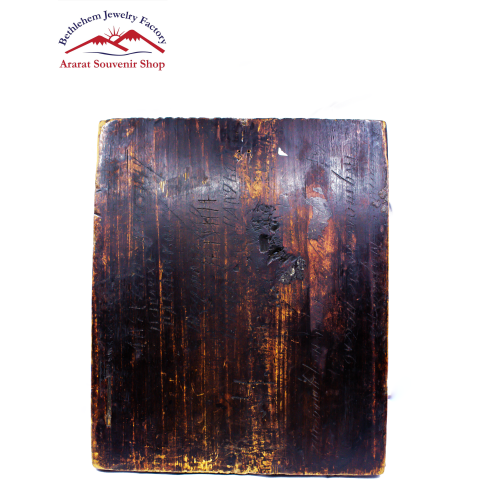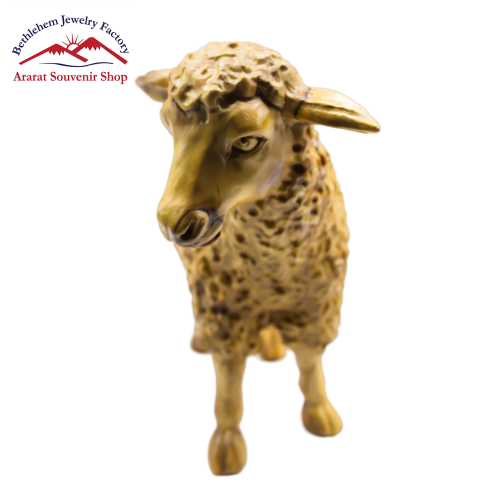Virgin Mary Icon
The statue of the Virgin Mary holds profound significance within Christianity, especially in Catholicism, where Mary is venerated as the Mother of God and a central figure of faith. These statues, often crafted from materials such as marble, wood, or bronze, serve as powerful visual representations of Mary’s virtues, embodying themes of purity, compassion, and maternal love. They provide an avenue for devotion and a focal point for prayer, allowing the faithful to connect with her on a spiritual level.
Historically, the depiction of the Virgin Mary can be traced back to the early Christian era, with status evolving significantly through various artistic movements. In the Byzantine period, Mary was often portrayed in gold and bright colors, emphasizing her heavenly nature. Icons from this time generally depicted her in a solemn, regal posture, often holding the infant Jesus. This imagery conveyed her role as the Theotokos, or “God-bearer,” highlighting the significance of her motherhood in the mystery of the Incarnation.
One of the most well-known types of Marian statues is the “Our Lady” figure, representing different titles of Mary, such as Our Lady of Guadalupe, Our Lady of Lourdes, and Our Lady of Fatima. Each title carries specific cultural and spiritual significance, often linked to miraculous events or appearances. For example, the statue of Our Lady of Guadalupe depicts Mary as she appeared to Juan Diego in Mexico in 1531. The vision was deeply impactful, resulting in a major religious awakening and establishing Mary’s important role in the Hispanic community. Similarly, Our Lady of Lourdes is associated with the 1858 apparitions to Bernadette Soubirous in France, emphasizing Mary’s message of healing and grace.
The physical stature of these statues is as varied as their depictions. Many statues show Mary in a serene pose, often with her hands either in prayer or outstretched, symbolizing openness and acceptance of God’s will. The gentle features often sculpted into her face communicate compassion and understanding, inviting believers to approach her with their concerns and prayers. The drapery of her garments often evokes modesty, embodying Mary’s humility while also imparting a sense of grace and beauty.
In addition to their artistic importance, statues of the Virgin Mary also play a crucial role in communal and personal devotion. Many pilgrimage sites and churches feature prominent statues, creating sacred spaces where individuals gather for prayer and reflection. The annual celebrations and feasts dedicated to Mary—such as the Feast of the Immaculate Conception and the Assumption—often involve processions and rituals surrounding these statues, reinforcing their significance within the community.
For many believers, the statues serve as reminders of the qualities they strive to emulate. Mary’s unwavering faith and obedience to God’s plan during the Annunciation resonate with those seeking guidance in their own spiritual journeys. The imagery often symbolizes hope, urging individuals to trust in divine providence during times of difficulty and uncertainty. Her role as a compassionate mother also provides solace to those in distress, reflecting the nurturing qualities that resonate universally.
Statues of the Virgin Mary are not confined to religious spaces; they have permeated cultural life as well. They inspire countless works of art, music, and literature throughout the centuries, from Renaissance masterpieces to contemporary representations in various media. Artists often draw upon the rich symbolism associated with Mary, using her image to communicate themes of love, protection, and maternal care.
In some cultures, the statues are adorned with flowers, ribbons, or garments, emphasizing a personal relationship between the faithful and the figure of Mary. People may dress the statue in their finest attire during special occasions, expressing honor and reverence. These acts of devotion reveal the deep-seated affection and spiritual connection that many individuals maintain with the Virgin Mary, transcending time and cultural boundaries.
Furthermore, the presence of Marian statues in homes highlights the importance placed on nurturing faith within the family structure. Many families establish small altars with images of Mary, creating an environment conducive to prayer and spiritual growth. This practice fosters a sense of unity and devotion, as members of the household come together in moments of reflection and gratitude.
Though the statue of the Virgin Mary varies in style and interpretation across different cultures, the core message remains steadfast: Mary is an intercessor, a compassionate mother who guides the faithful closer to her son, Jesus Christ. Her image continues to inspire devotion, hope, and love in the hearts of millions around the world.
In summary, the statue of the Virgin Mary is much more than a mere artistic representation; it is a vital symbol of faith, inspiration, and maternal grace. Reflecting the complexities of her identity as a mother, a believer, and a figure of compassion, these statues serve to connect people to their spirituality and the teachings of Christianity. Throughout history and across cultures, the enduring presence of Marian statues signifies a timeless reverence for a mother whose love transcends all barriers, inviting all to seek solace, guidance, and connection in their spiritual journeys.











Reviews
There are no reviews yet.